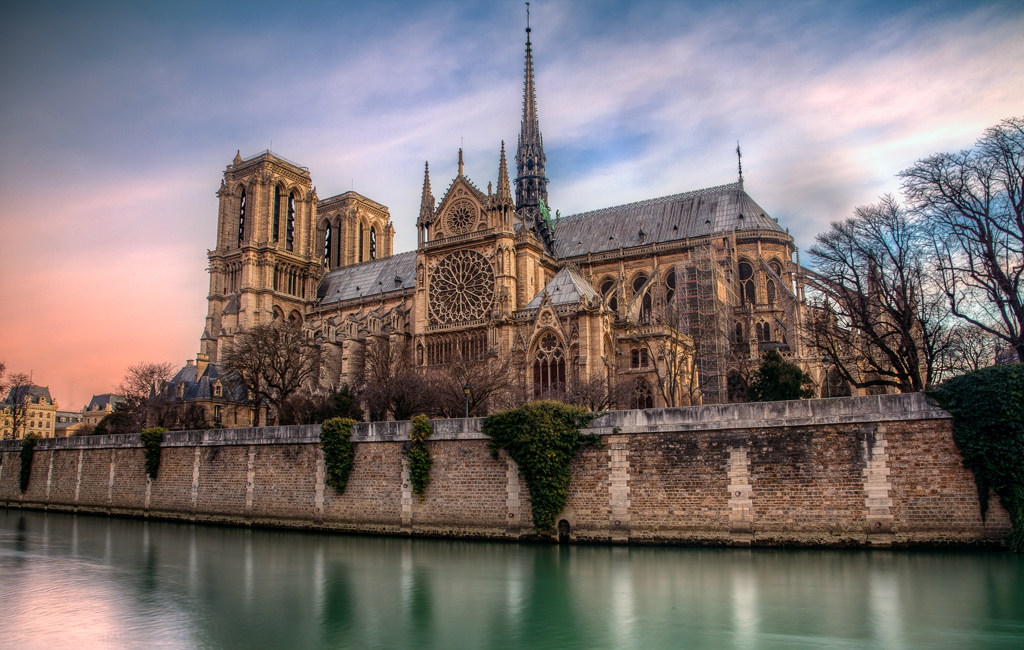If you are just starting out in photography, then what I’m about to tell you in this article will seem like the most obvious stuff in the world. In fact, it will appear banal and stupid. But if you’ve been shooting for a while, you might have been exposed to a philosophy that I think is detrimental to your photography. That philosophy is that you should not look at your camera’s LCD after taking a shot. I have actually seen photographers recommend taping over the LCD.
Looking at your pictures on the back of your camera is dismissed by certain in the photography world as “chimping.” The word “chimping” is said to come from an “ooh ooh” sound that some photographers supposedly make when they see a particularly good image on the back of their camera.
In my view, this advice is ridiculous. Not only is it acceptable to look at your camera’s LCD, you should be looking at the back of your camera after nearly every shot. You can immediately see the impact of changes in your settings and composition. You can adjust while there is still time to do so. It makes you a better photographer. Frankly, “chimping” shouldn’t even be a word.
Therefore, in this article, I want to give you some reasons to ignore this advice about not looking at the back of your camera.

Benefits of the LCD
Let’s start by taking a quick look at the advantages offered by the LCD screen – one of the greatest advancements in camera technology in the last 20 years. In fact, the LCD may be the top benefit of digital photography as opposed to film.
With the LCD on the back of your camera, you get instant feedback on your photos. That’s obvious, right? What might not be obvious is the full extent to which looking at the LCD benefits almost every area of your photography. This is true even for advanced photographers who may think they have a good idea of what the LCD is going to show them.
Let’s take a look at some of the key areas.
#1 – Seeing the Composition
The LCD is hugely important in the area of composition because photography involves making a two-dimensional representation of the three-dimensional scene before you. The scene in front of you just won’t look the same in a photograph. Until you see the scene as a two-dimensional object, you cannot be exactly sure of what you are capturing. Even extremely experienced photographers are sometimes surprised by the results of their capture.
Further, photography is often a game of millimeters. Slight differences in angle and composition are often the difference between mediocre pictures and great ones. With the LCD, you can see those differences immediately. You can adjust the angle and composition, if necessary, while you have a chance to do something about it.
#2 – Nailing the Exposure
The LCD is equally useful in the area of exposure. There are two ways in which the LCD benefits exposure:
- looking at the picture displayed on the LCD will show you if you are close to the proper exposure;
- checking the histogram on your LCD will show you if you nailed the exposure and avoided clipping (in fact, conventional wisdom is that you should look at the histogram to check your exposure, and I have no idea how that can be reconciled with not looking at the LCD at all while you are shooting).
In either case, if you find that the exposure is not quite right, you can adjust and re-shoot.
By checking the LCD, you can also make sure what you just captured is within the dynamic range of your camera. Sometimes a given scene has a wide divergence in tones and you need to bracket your photos to capture the full range. A quick glance at the LCD (either the picture or the histogram) will show you whether you have a dynamic range problem. If you don’t, you can confidently move on. But if you do, you are set your camera to bracket and fix the problem.
#3 – Ensuring Proper Focus and Sharpness
There are dividends to be had by using the LCD in the area of focus and sharpness as well. The LCD will obviously show if you have set your focus in the right area.
You can also fix sharpness problems due to camera shake or other causes. If there is a significant amount of blur, it will be noticeable on the picture of your camera’s LCD. Even if the blur is slight, most cameras allow you to zoom in to check the sharpness of the image on the LCD. That way, any lack of sharpness will be detectable while you are in the field and can do something about it.
#4 – Detecting Errors and Omissions
Murphy’s Law is in full effect when it comes to photography. Memory cards malfunction, as do cameras. Lenses get spots on them. If you are not checking your images, you can shoot all day and not realize the problem. Why take that chance when it costs absolutely nothing to make sure you don’t have a problem?
Further, even the most advanced photographers get things wrong and make mistakes. Sooner or later, you will find yourself shooting with your auto-focus turned off, or at a ridiculously high ISO, or at the completely wrong aperture. Everybody does it. If you are not checking the LCD after your shots, the error will be compounded. You can ruin an entire day. Why let that happen when there is such an easy way to check your pictures?

Attack of the Real Photographers
Given these benefits, why would anyone suggest that you should not use this wonderful tool? Why would someone refer to looking at the back of the camera as “chimping”? Why would you stop looking at the LCD?
Let’s take a look at some of the reasons that are usually given.
Reason #1: Staying in the Moment
Some suggest you “stay in the moment” by avoiding the use of the LCD while you are shooting. Respectfully, this is nonsense. I believe it comes from the penchant of artists to overstate the degree to which they are in-tune with their surroundings when they are working. Whatever the cause, the fact is that the entire act of photography involves the use of a mechanical and/or electronic device. You will not be wandering around in a trance-like state, at one with your surroundings, only to have the moment destroyed by a glance at the camera’s LCD.
Further, if you are shooting in one of the camera’s manual settings (and you should be), your flow is going to be interrupted between shots anyway. You will always be tweaking your aperture and shutter speed.
Reason #2: Knowing the Photo Ahead of Time
Others suggest that if you were a “real photographer” you would not need to look at the LCD because you would already know what the picture looks like. As mentioned above, however, even tiny changes in angle and settings can have huge effect on your pictures. It is simply not possible to know what the image was going to look like before you take it.
Think about that for a second. If one could always know what an image was going to look like before it was taken, then wouldn’t the masters of photography have a 100% hit rate? Wouldn’t all of their exposures be masterpieces? Why would they even bother tripping the shutter if the picture wasn’t going to be really good?
The fact is that even the best photographers take uninteresting or even bad pictures (we have their contact sheets to prove it). That is because even masters of photography didn’t always know what would turn our well and what wouldn’t. If they didn’t always know, then we needn’t be embarrassed by the fact that we don’t always know either.
Reason #3: Learning to Trust Your Instincts
There is also a notion that you should “trust your instincts” and not resort to using the LCD. The idea here is that the act of shooting becomes more or less instinctive and the equipment check is not necessary.
One cannot help but think of the end of the first Star Wars movie where Luke shuts down his guidance equipment and uses his instincts to blow up the Death Star. That should be a great example for all of us . . . except that there is no such thing as “the Force.”
The same people who are constantly preaching to “get it right in camera” suddenly want you to engage in guesswork when it comes to the capture phase of your pictures? Not a good idea.
This is a manufactured issue. Go ahead and trust your instincts if you want. But then double check the image and make sure your instincts were correct.
Reason #4: The Effect on Others
Finally, I have seen photographers complain that looking at the LCD after each shot is annoying to others. To those that are annoyed by the simple act of looking at the back of one’s camera I simply say: “calm down.” You can afford the delay of a few seconds while someone looks at their camera.
Join the Revolution
I’m not sure what is more surprising to me: the fact that a few expert photographers came up with such poor advice, or that this poor advice gets parroted so often. Immediately seeing what works and getting instant feedback makes you a better photographer – not a worse one. I do not mean to be disrespectful of others’ opinions, but I want to steer you as far from this nonsense as possible.
And so I say: “chimpers of the world, unite!” Let’s use the greatest advance in cameras in the last 20 years to its full extent. Let’s shake off the condescension of the “real photographers.” Let’s use the LCD to take the best pictures we can possibly take.


I strongly agree, I shot engagement photos and weddings and have a lot of backround and lighting changes and have caute myself getting caute up in the moment and forgot to change my settings but caute it before we move on to the next backround because i looked at my LCD and Histagram. I always shot in manual mode and it is up to me to not get it wrong, the LCD has saved me many times.
Caught up in the moment but still using your LCD?!? Impossible! Joking, and thanks for the input. Good to hear others’ experience.
What?!? Caught up in the moment AND looking at the LCD?!? I thought that was impossible!
Just joking. Glad to see your experience bears this out. Thanks for sharing that.